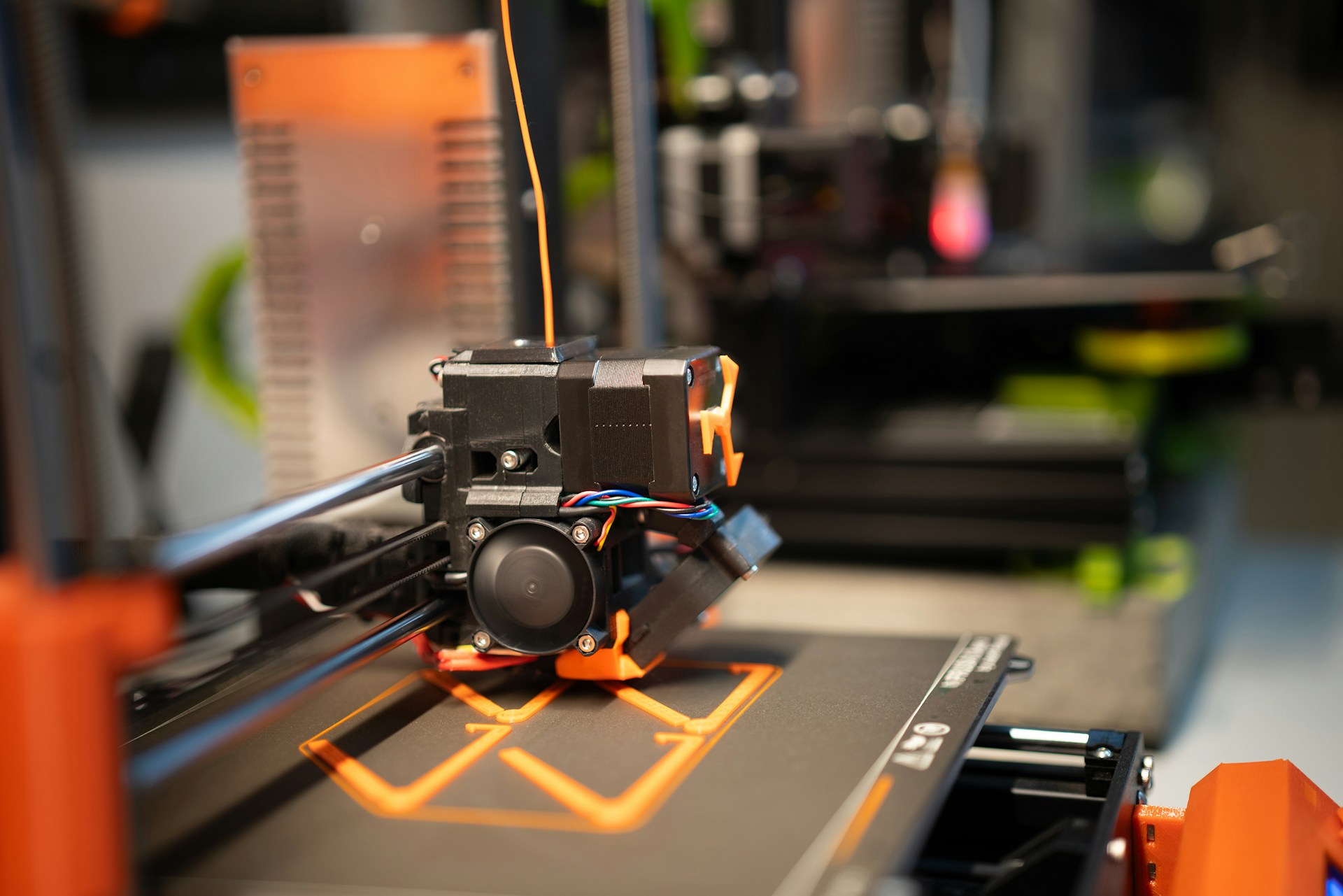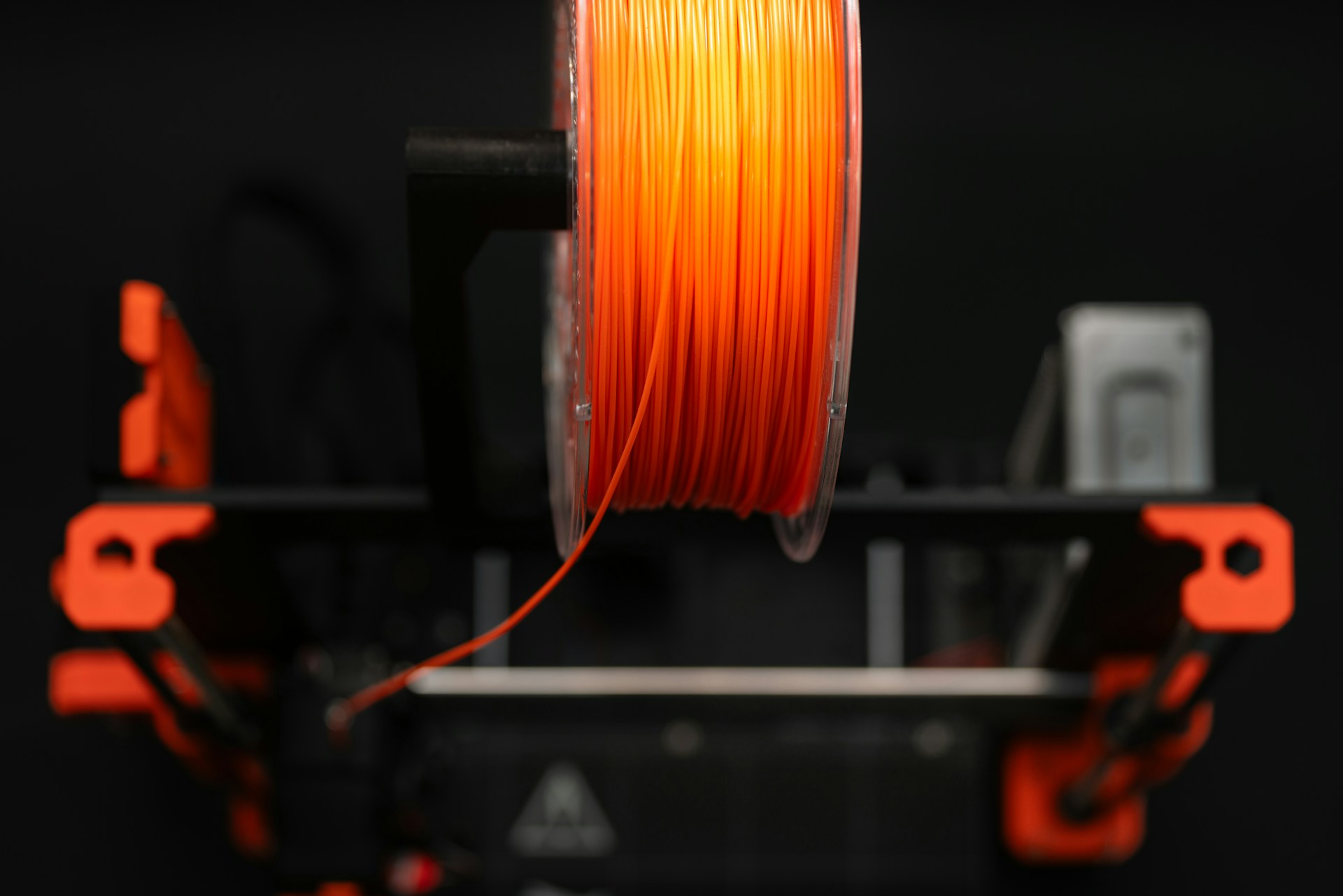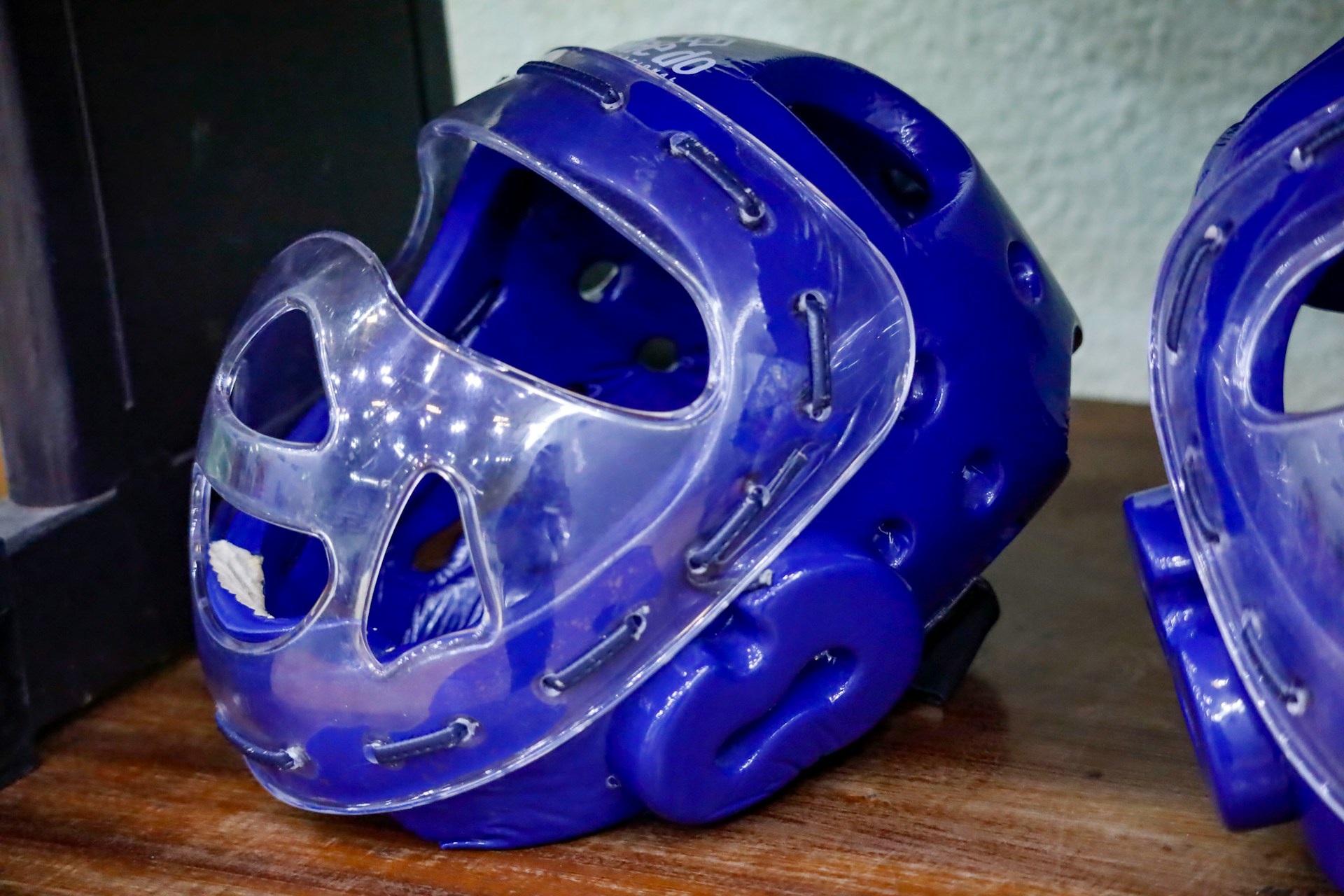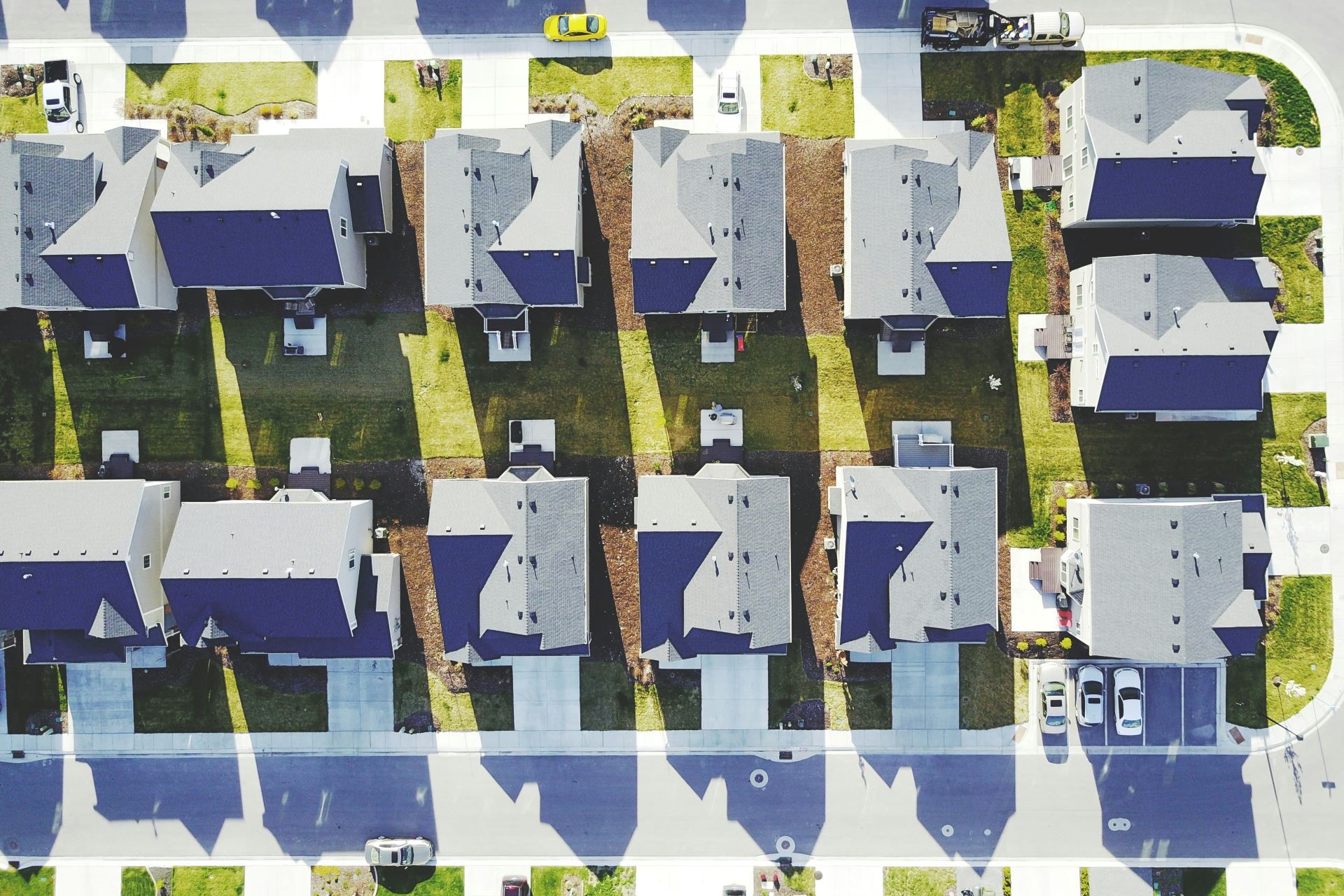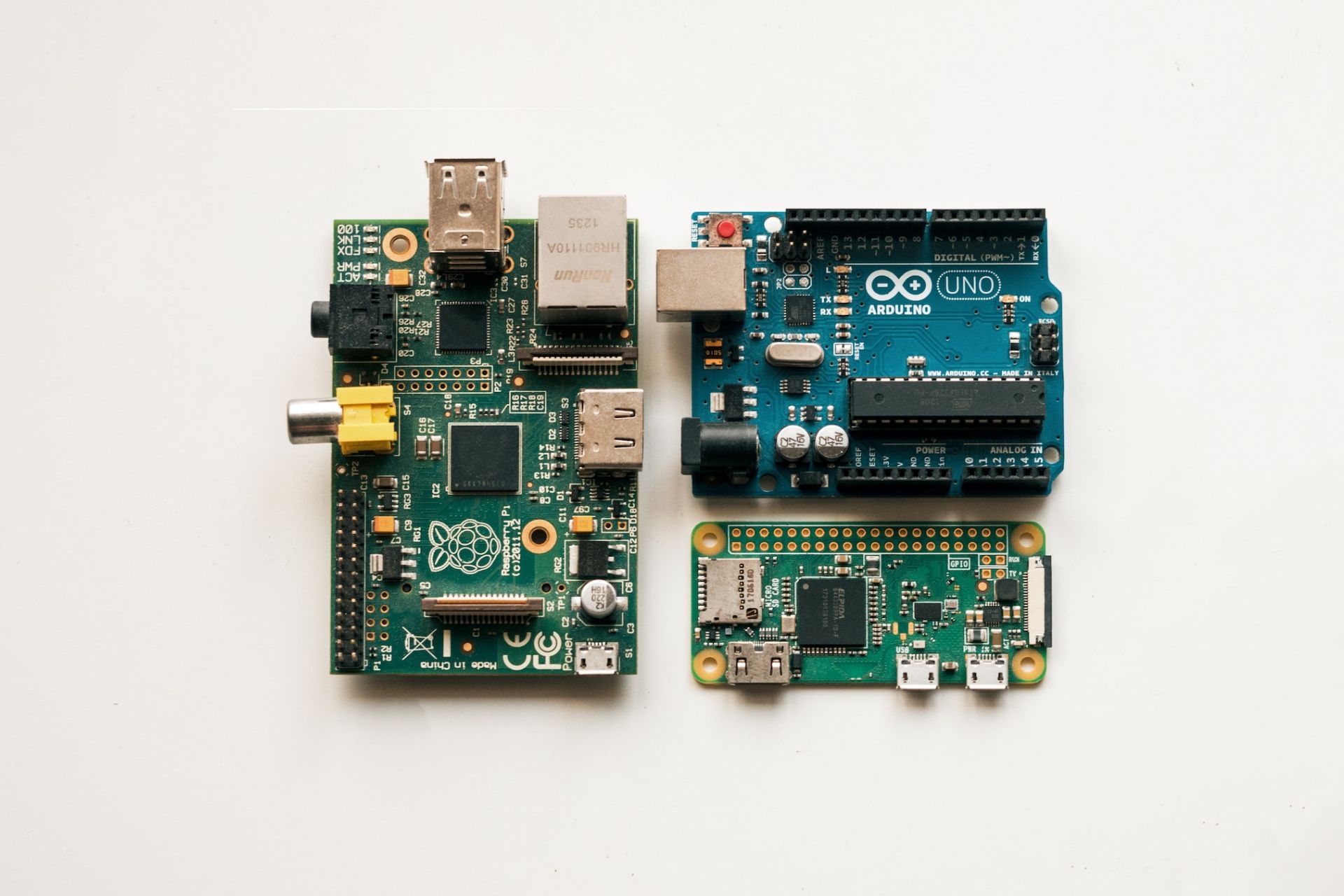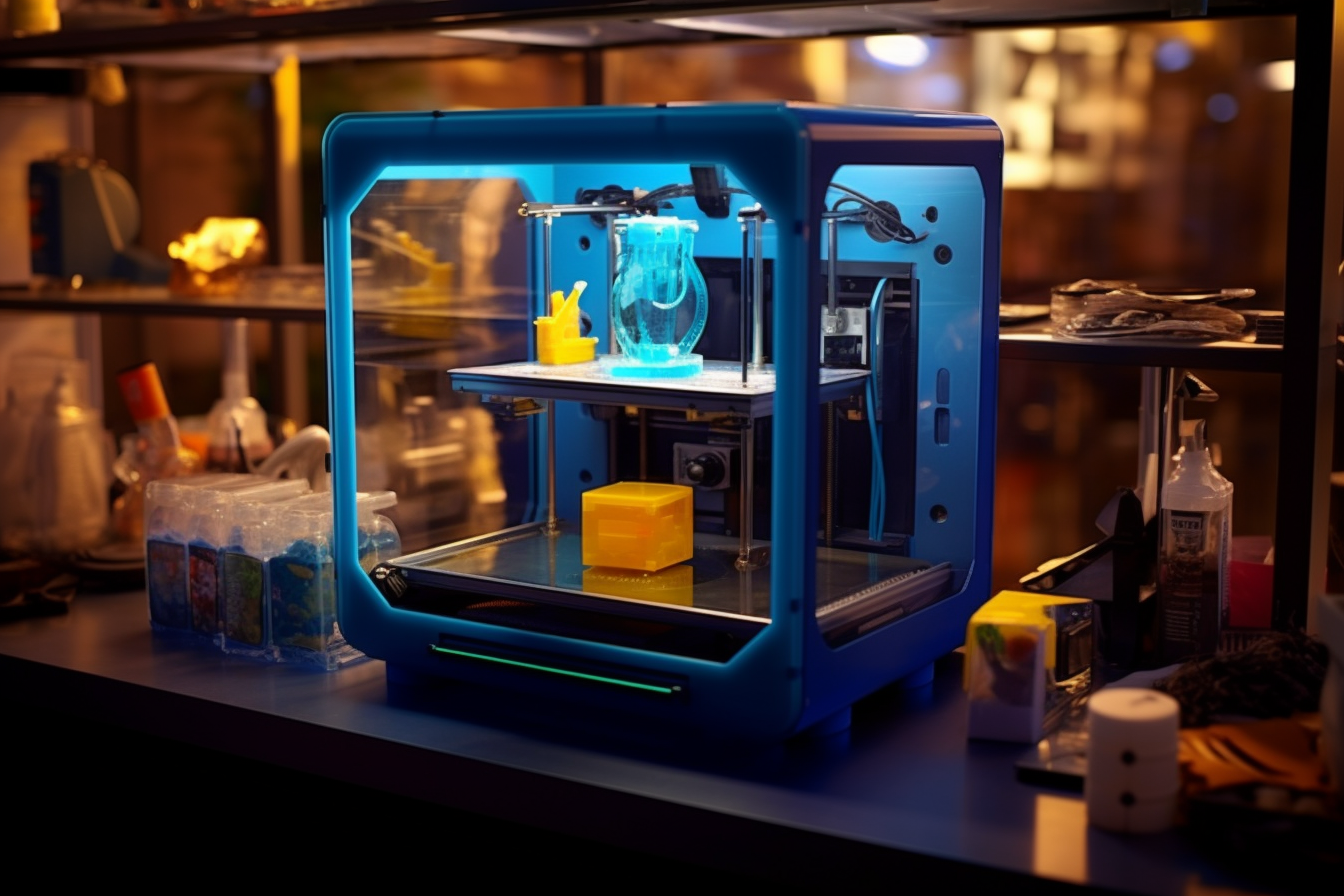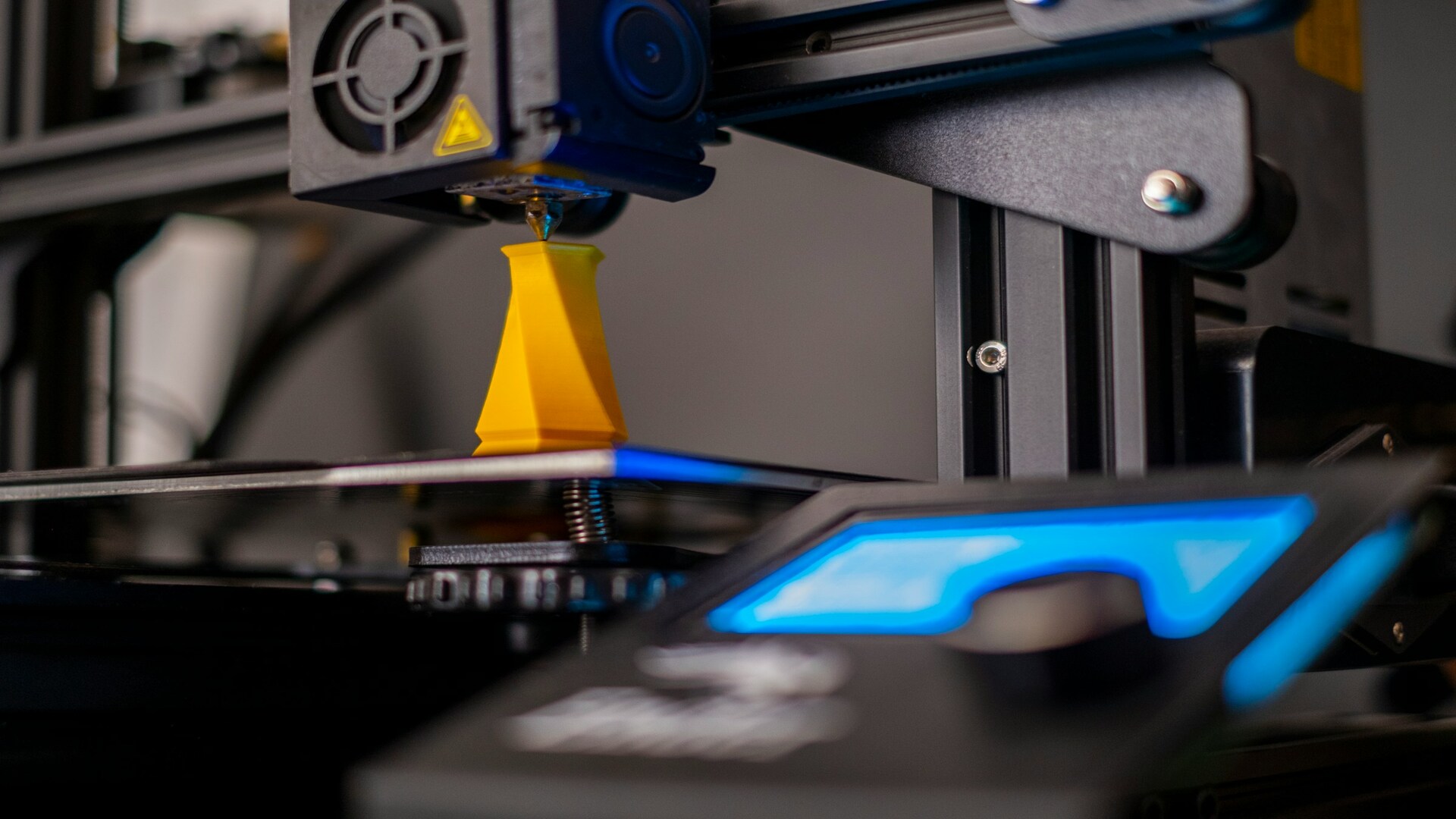
Check Out These 3D Printing Supplies and Books for Beginners
January 13, 2025 - Ellie Gabel
Revolutionized is reader-supported. When you buy through links on our site, we may earn an affiliate commission. Learn more here.
Getting started with 3D printing is an exciting journey of creativity and innovation. Before you get started, though, keep in mind that successful production does not depend only on the printer itself. You’ll need various 3D printing supplies and accessories to achieve a quality final product.
From essential materials to insightful literature, these are the must-have resources to help propel you from beginner to expert in 3D printing.
1. 3D Printer
Your choice of printer comes down to several factors, including price and ease of use. Since you’re just starting out, you want to go for something simple yet sophisticated enough to produce high-caliber designs.
A good entry-level option to consider is the Monoprice Mini Delta V2. It comes fully assembled, so there’s no complicated setup process. Plus, it is compatible with various third-party modeling tools thanks to its open-source software feature. At a retail price of less than $200, the Monoprice Mini Delta V2 is one of the most affordable 3D printers on the market for beginners.
2. Filament

The plastic material your printer uses to create objects comes in various forms and sizes. Consider going for a Polylactic Acid (PLA) since it’s easy to print with and has a lower printing temperature, reducing the risk of burns. It’s also biodegradable and relatively odorless, so you don’t need an enclosed printing environment.
A promising alternative material with similar features is wood. This 3D printing filament contains a mix of wood fibers and PLA, adding a distinct timber-like texture and appearance to your prints. It’s also eco-friendly and easy to process, making it ideal for someone just starting with rapid prototyping.
3. Filament Storage Container
Filament materials tend to absorb moisture from the air, which can lead to printing issues such as bubbling, poor adhesion and inconsistent extrusion. A storage container is one of the most essential 3D printing supplies in your arsenal. It helps keep the filament dry, reducing the likelihood of failed prints caused by degraded material.
A designated storage solution also helps keep materials organized, so it’s easier to find specific colors or types when needed, streamlining the printing process.
4. Magnetic Build Surface

A proper build surface ensures the first layer of the print adheres well to prevent shifting or detachment during the printing process. It also helps maintain print quality by providing a flat, stable surface for consistent layer adhesion and accurate prints. Lastly, you want a build surface because it makes removing prints easier once completed, reducing the risk of damaging the object.
5. Nozzle Cleaning Kit
Clogged nozzles are a common problem in 3D printing. Regular cleaning improves print accuracy and reduces the risk of print failures, making it a valuable tool for your journey. A cleaning Kit helps prevent obstructions and ensure smooth filament flow by keeping your nozzle clean and debris-free.
6. Digital Calipers
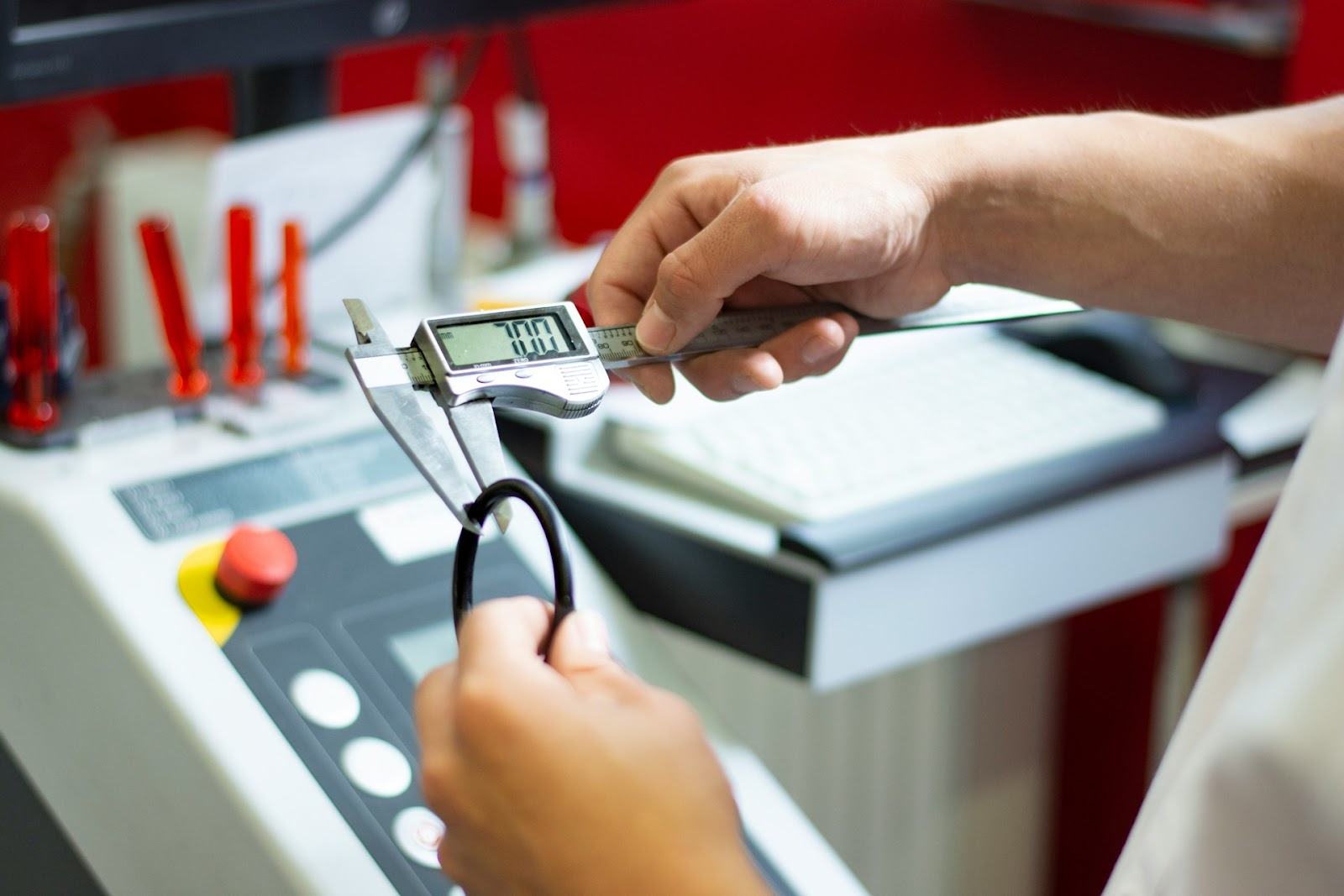
Accurate measurements are crucial in 3D printing, especially for ensuring parts fit together correctly or meet design specifications. A digital caliper measures the dimensions of objects with high precision, allowing you to verify the dimensions of your prints. It also enables you to make precise adjustments, troubleshoot sizing issues and improve overall output quality.
7. Deburring Tool Kit
Deburring tool kits are essential 3D printing supplies for smoothing rough edges and removing imperfections from your prints. It helps enhance the overall appearance and functionality of your 3D-printed objects, ensuring a professional finish. Additionally, it allows you to refine intricate details and improve the quality of your prints, making it a valuable addition to your 3D printing toolkit.
8. Adhesives
Sometimes, your designs may require assembly, and using the right glue can help you achieve a secure fit between printed parts. Adhesives can also help troubleshoot common issues, such as reattaching a broken section or securing a print that has come loose from the build plate.
9. 3D Printing Without Prior Knowledge by Benjamin Spahic
This book guides you through the entire process — from setting up your 3D printer to choosing the right materials and understanding the software needed for design.
You’ll appreciate how the book emphasizes practical applications, providing hands-on projects that build your confidence and skills. It also addresses common challenges you may face, offering troubleshooting tips that help you navigate any issues that arise during your printing journey.
10. 3D Printing Made Easy for Newbies and Hobbyists by Natalie Guzman
This brochure covers everything from the basics of 3D printing hardware to the intricacies of slicing software, making it accessible even if you’re starting from scratch. The practical tips and techniques are particularly helpful, as the book encourages hands-on learning through engaging projects tailored for beginners.
The book’s focus on common pitfalls and how to avoid them prepares you to troubleshoot issues confidently and optimize your printing results.
11. Functional Design for 3D Printing by Clifford T Smyth
“Functional Design for 3D Printing” focuses on the design principles that enhance the usability and reliability of your models, ensuring they print efficiently. It gives you the knowledge to transform your ideas into durable designs that can withstand real-world applications.
You’ll benefit from the book’s clear explanations of maximizing the utility of your designs while minimizing material use and print time. It also teaches you how to anticipate and solve common printing issues, such as bed adhesion and warping, saving you considerable frustration and resources.
Is a 3D Printing Business Profitable?
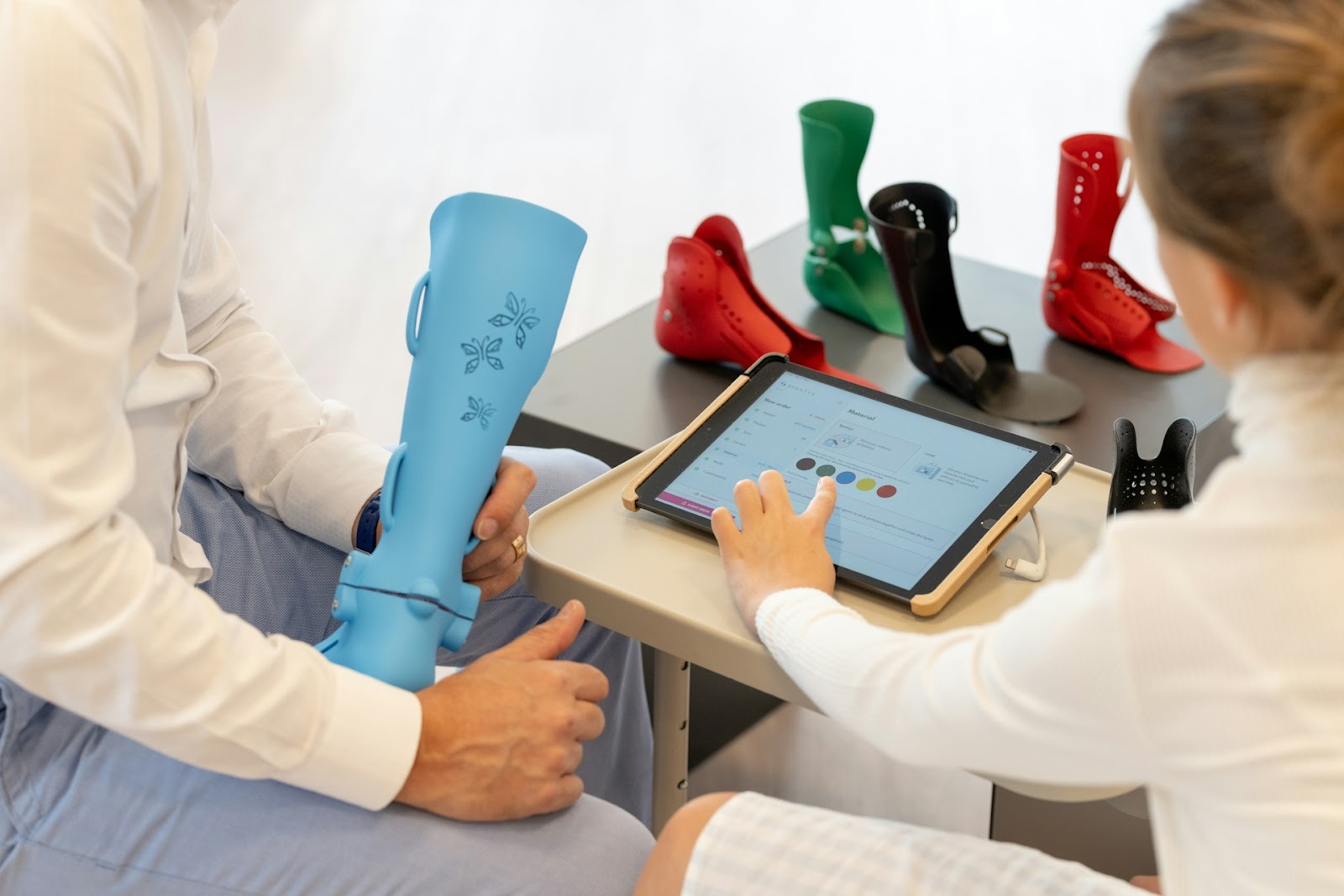
Yes, a 3D printing business can be profitable, but its success often depends on your chosen niche, target market and business model. The industry is currently worth an estimated $17.5 billion and projected to grow at 16.4% CAGR to $37.4 billion by 2029. That means there are many opportunities to tap into if you can find the right avenues. Some examples include:
- Custom prototyping services: Many businesses require rapid prototyping to develop new products. For instance, companies in the automotive or aerospace sectors often seek out 3D printing services to create prototypes for testing and development.
- Product sales: Selling 3D printed products—such as custom jewelry, home decor, or unique gifts—can be lucrative. A 27-year-old made headlines in 2023 for earning over $16,000 monthly from retailing 3D-printed ornaments on Etsy.
- Spare parts and replacement components: Manufacturing spare parts for machinery, appliances, or vehicles can provide a steady income stream.
- Educational services: Offering workshops, training, or courses on 3D printing can attract schools, hobbyists and professionals looking to enhance their skills. Many academic institutions are integrating 3D printing into their curriculums, creating a demand for knowledgeable instructors.
- Niche markets: Focusing on specific niches, such as custom prosthetics, dental models or architectural prototypes, can lead to high profit margins.
Explore 3D Printing Supplies and Learning Resources
As you embark on your journey into the world of 3D printing, equipping yourself with the right supplies and resources is essential for success. From choosing the appropriate filament and tools to utilizing informative books and online courses, having the proper foundation will enhance your printing experience and enable you to produce high-quality results.
Revolutionized is reader-supported. When you buy through links on our site, we may earn an affiliate commission. Learn more here.
Author
Ellie Gabel
Ellie Gabel is a science writer specializing in astronomy and environmental science and is the Associate Editor of Revolutionized. Ellie's love of science stems from reading Richard Dawkins books and her favorite science magazines as a child, where she fell in love with the experiments included in each edition.
